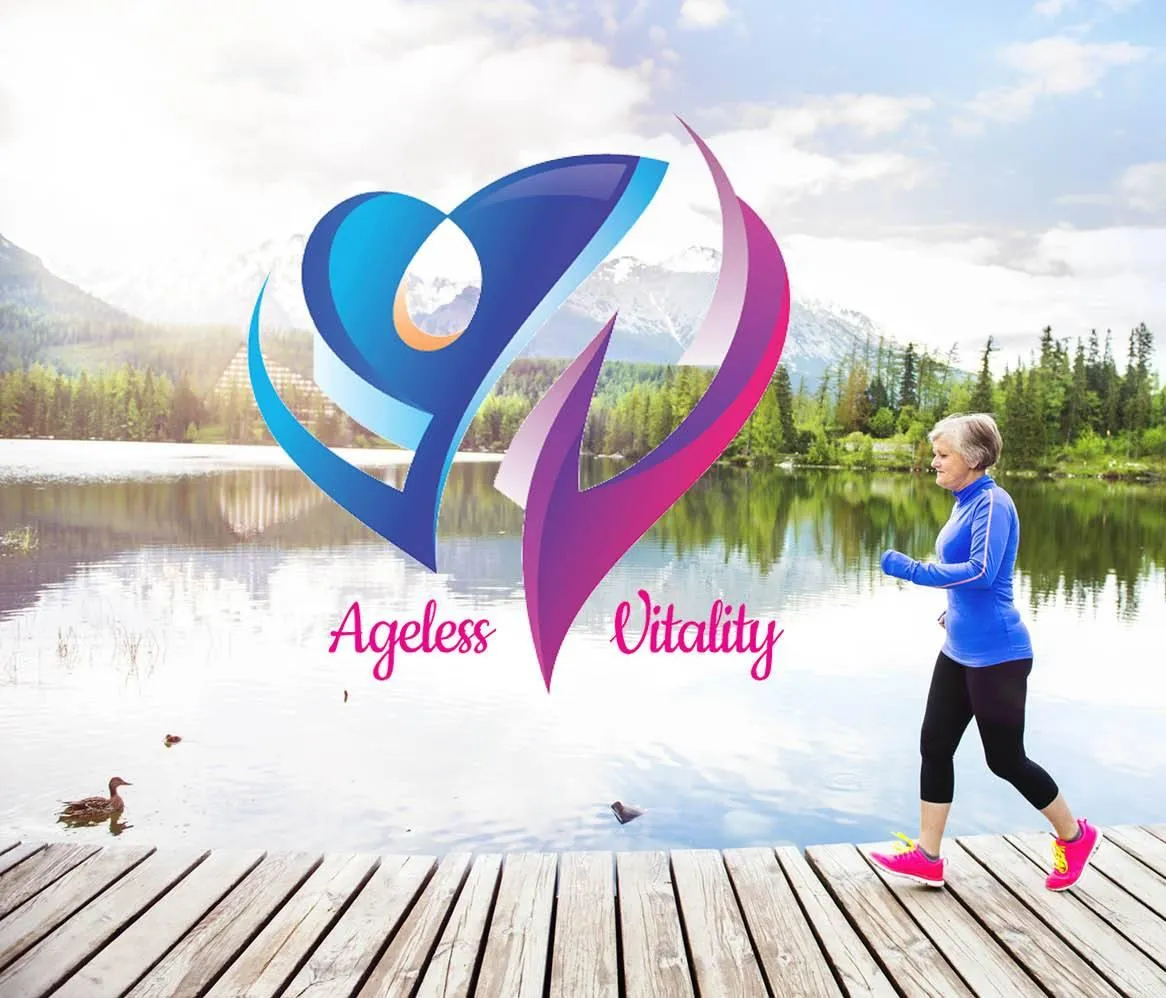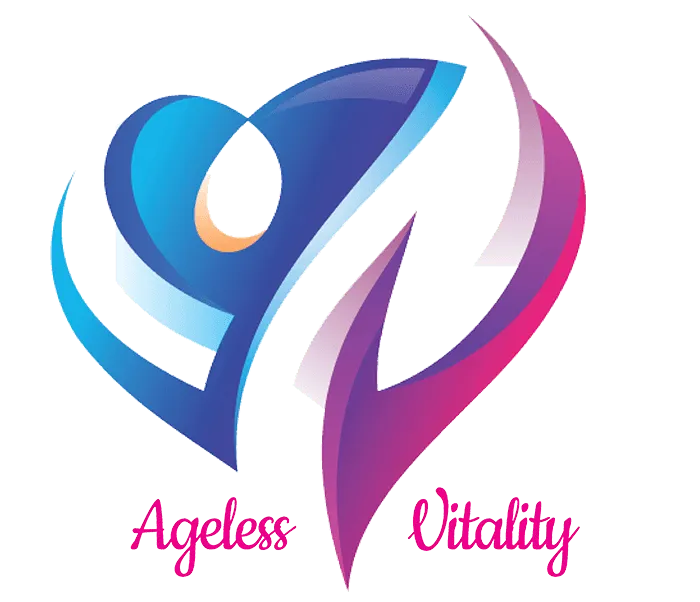Book a Consultation Today
Please submit your information to request an appointment.

Address
Phone
Fax
905-240-2155
By providing your phone number, you agree to receive text messages from Clinic for Advanced Health for appointment details and other informational text messages. Message and data rates may apply. Message frequency may varies. You can reply STOP to unsubscribe at any time.

Clinic For Advanced Health
At the Clinic For Advanced Health, believe in offering a holistic model that integrates both conventional medicine and alternative therapies to form a comprehensive individualized treatment plan that is uniquely customized to each person’s needs.
Quick Links
Address: 1288 Ritson Rd N Unit 12, Oshawa, ON L1G 7Z9
Phone: +1 289-274-6120
Fax: (905) 240-2155
Hours of Operation: 9am - 5pm Mon - Thurs
© 2025 All rights reserved Clinic For Advanced Health - Powered by Practice Acceleration System